Rabbit farming is a growing industry in Denmark and has become one of the leading European producers. Danish rabbit farmers have been at the forefront of developing modern, efficient methods of raising rabbits for meat and fur. Their work has helped make Denmark one of the world’s leading producers of rabbits. Rabbit meat is lean and nutritious and can be a valuable source of income for farmers. Additionally, rabbit manure is an excellent fertilizer for crops and gardens.
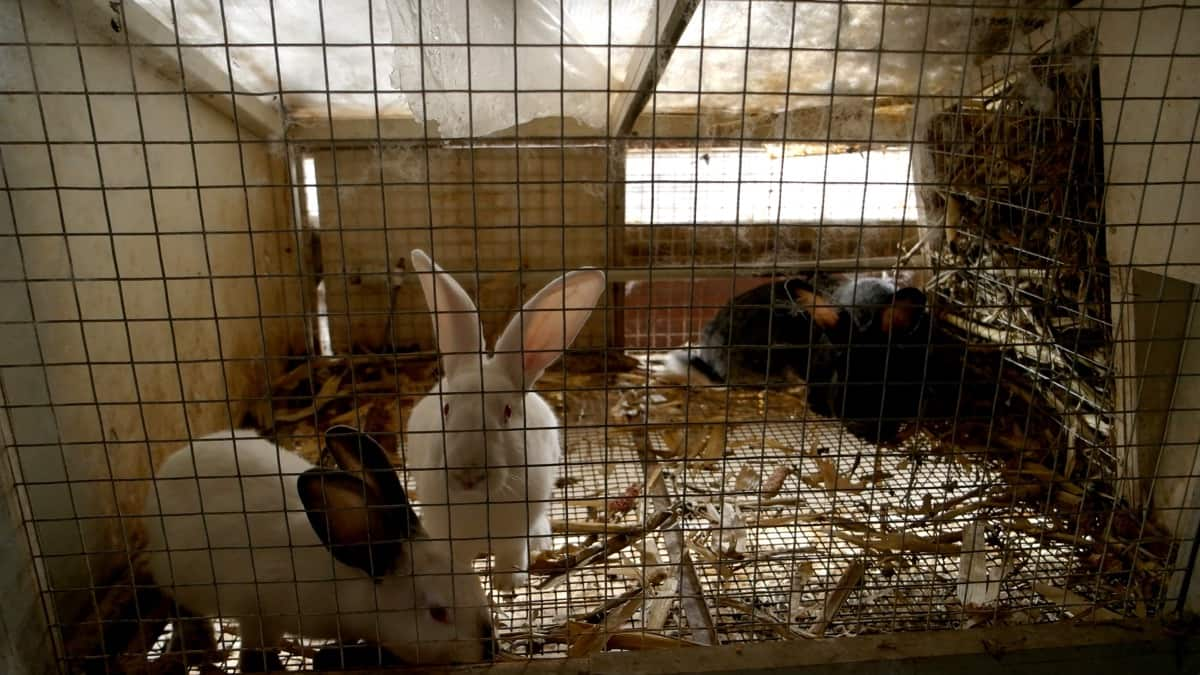
Key rules to start Rabbit farming in Denmark
Rabbit farming importance in Denmark
Rabbit farming can provide a much-needed source of income for small-scale farmers in developing countries. In addition to being relatively easy to care for, rabbits reproduce quickly, meaning that farmers can generate a steady supply of meat. Rabbit meat is also lean and nutritious, making it a healthy option for consumers. Moreover, rabbit manure is an excellent natural fertilizer, which can improve crop yields. Rabbit farming plays an important role in Denmark, providing many farmers with a valuable source of income.
In addition, rabbit meat is a healthy and sustainable option for consumers, and rabbit farming can help support the environment. Rabbit farming has been a part of Danish agriculture for centuries, and today, Denmark is one of the world’s leading producers of rabbits. The country’s mild climate and ample grass supply make it an ideal place for raising rabbits, and the industry is well-regulated, ensuring that only healthy and well-cared-for animals are produced.
Rabbit farming provides an important source of income for many farmers in Denmark. Rabbit meat is a healthy and sustainable option for consumers, and rabbit farming can help the environment. Rabbit farming is a humane and efficient way to produce high-quality meat, requiring significantly less land and resources than other types of animal agriculture.
Requirements for rabbit farming in Denmark
- Denmark has a temperate climate which is well suited for raising rabbits.
- Good quality hay and pellets are essential for the rabbits’ diet and can be easily sourced in Denmark.
- Danish farmers have access to excellent veterinary care for their rabbits.
- Danish law requires that all Rabbit farms are registered with the Danish Veterinary and Food Administration.
In case you missed it: Key Rules to Improve Feed Conversion Ratio (FCR) in Rabbits: For Profitable Rabbit Farming
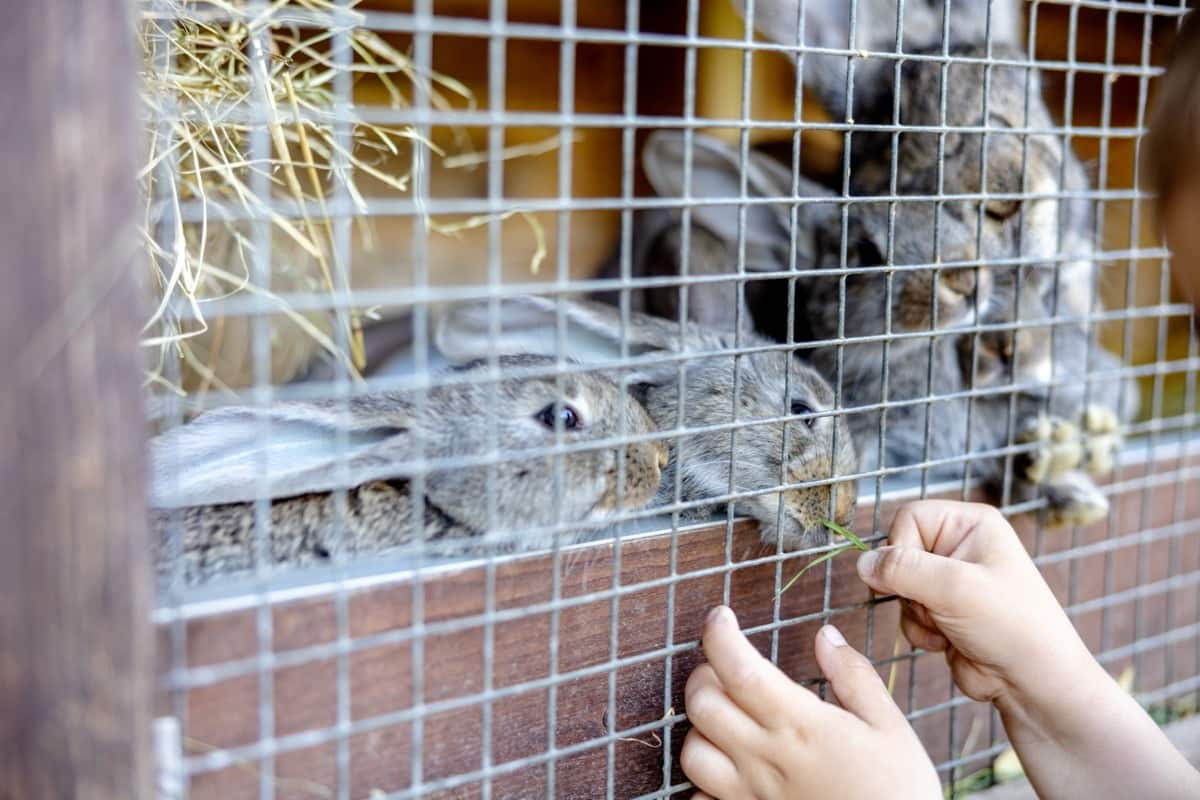
Small-scale rabbit farming in Denmark
Rabbit farming has been a part of Danish culture for centuries. Small-scale rabbit farming is profitable, and people raise this business more sustainably. Purchase healthy breeding stock from a reputable source. You’ll also need to set up a suitable enclosure and ensure enough food and water for your rabbits.
Housing management for rabbit farming
The most common type of housing is the cage, made up of metal bars that allow the rabbit to move around and access food and water. The other type of housing is the hutch, a wooden box the rabbit can enter and exit. The hutch also has a roof to protect the rabbit from the weather.
Start a rabbit farming business plan in Denmark
- Decide what type of rabbit farming operation you want to start. Several options include raising rabbits for meat, fiber, or pets. Consider your market and choose the type of rabbits that best meet the demand.
- Choose a good location for your farm. The site should have good drainage and be protected from strong winds. It should also be close to markets where you can sell your rabbits.
- Then, build or purchase the necessary housing for your rabbits. Once your housing is set up, you can purchase rabbits and raise them on your farm.
- Make sure you have the necessary permits and licenses in place before you start operating. Check with your local government to find out what is required in Denmark.Develop a business plan for your rabbit farm. This should include your financial goals, marketing strategy, and production plans.
- Select the right breed of rabbits for your purposes. There are many different breeds available, each with its characteristics. Do some research to find the best breed for your needs.
Tips on raising rabbits in Denmark
- A good location is important for starting a rabbit farm in Denmark. The farm should be near enough to potential customers so the rabbits can easily be transported to them. It should also be close to other farms so the rabbits can socialize and mate with other rabbits.
- Ensure the hutch or cage you provide is weatherproof and offers enough space for your rabbit to move around comfortably.
- Rabbits are social animals and perform best in pairs or small groups. Be sure to introduce your rabbits slowly so they can get used to each other.
- The cages must be large enough for the rabbits to move around freely, and they must be made out of durable materials so that they can withstand the weather conditions in Denmark. It is important only to purchase healthy rabbits so they can be properly cared for on the farm. A diet rich in hay, vegetables, and a small number of pellets is essential for keeping your rabbits healthy. Avoid feeding them too much fruit, as this can cause digestive problems.
In case you missed it: Key Rules to Start Goat Farming in Denmark: Business Plan, Setup Cost, Profit, and Management
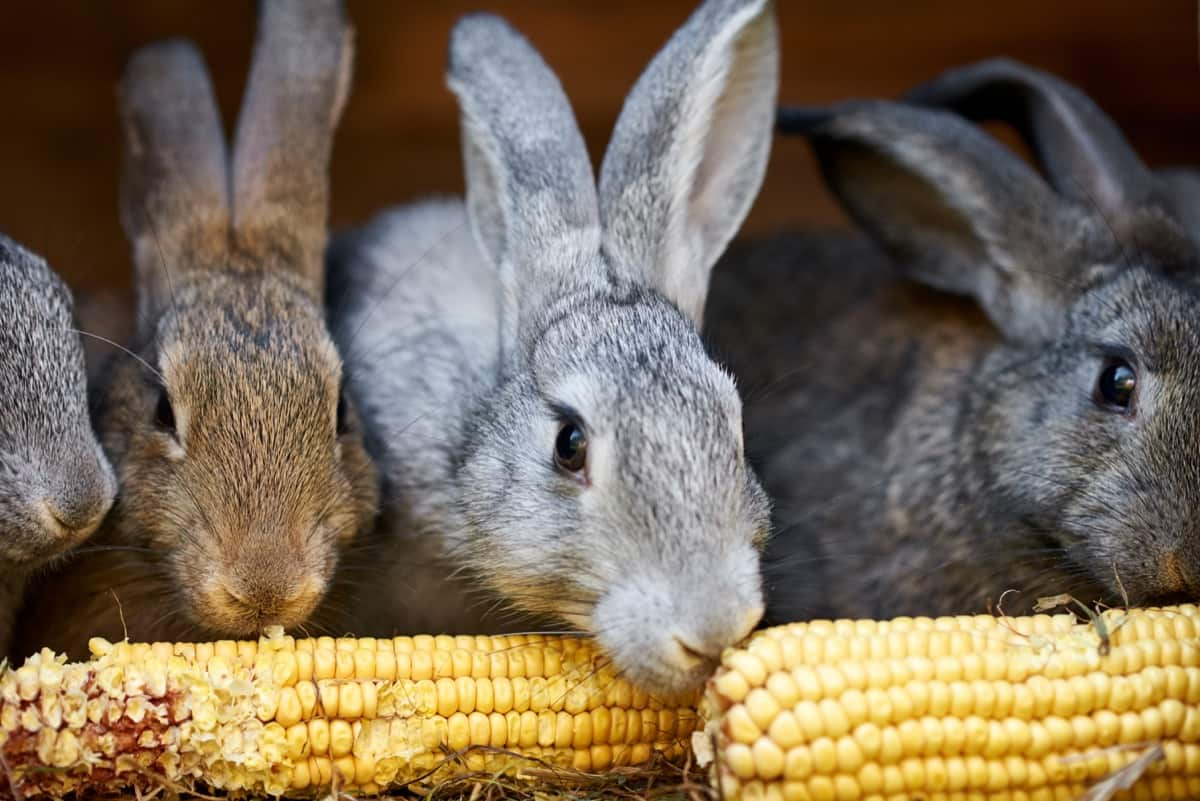
Rabbit production methods in Denmark
- Intensive production is the most common, accounting for about 70% of total production. This method involves keeping rabbits in cages with little or no opportunity to exercise. The cages are often stacked on each other, and the rabbits may be kept indoors or outdoors.
- Semi-intensive production is less common, accounting for about 20% of total production. This method involves keeping rabbits in hutches that provide more space than cages, and they may have access to an outdoor run.
- Free-range production is the least common, accounting for only 10% of total production. This method involves keeping rabbits in large enclosures with plenty of space to roam and exercise.
Rabbit breeds available in Denmark
New Zealand Rabbit is a popular breed in Denmark. Other popular breeds of rabbits farmed in Denmark include the California White, Champagne D’Argent, Dutch, Dwarf Hotot, English Lop, French Lop, American Fuzzy Lop, Holland Lop, Mini Lop, Giant Chinchilla, Havana, Himalayan, Holland Lop, Jersey Wooly, Mini Lop, Netherland Dwarf, Polish, Standard Chinchilla, and Tiffany
What do rabbits eat?
Danish rabbits are mostly fed hay, fresh vegetables, and a small number of pellets. The diet of a Danish rabbit is relatively simple. They are mostly fed hay, fresh vegetables, and a small number of pellets. The hay provides them with most of the nutrients they need, including fiber which is important for their digestive health. Fresh vegetables add nutrients and moisture to their diet, and the pellets provide a concentrated source of calories and other nutrients.
Is rabbit farming profitable in Denmark?
According to the Danish Rabbit Breeders Association, rabbit farming can be quite profitable in Denmark. This is because the cost of raising a rabbit is relatively low, and rabbits can be sold for a good price. There are also many ways to add value to your rabbits, such as selling their fur or meat.
In case you missed it: Key Rules to Start Pig Farming in Denmark: Business Plan, Breeds, Setup Cost, Proft, and Management
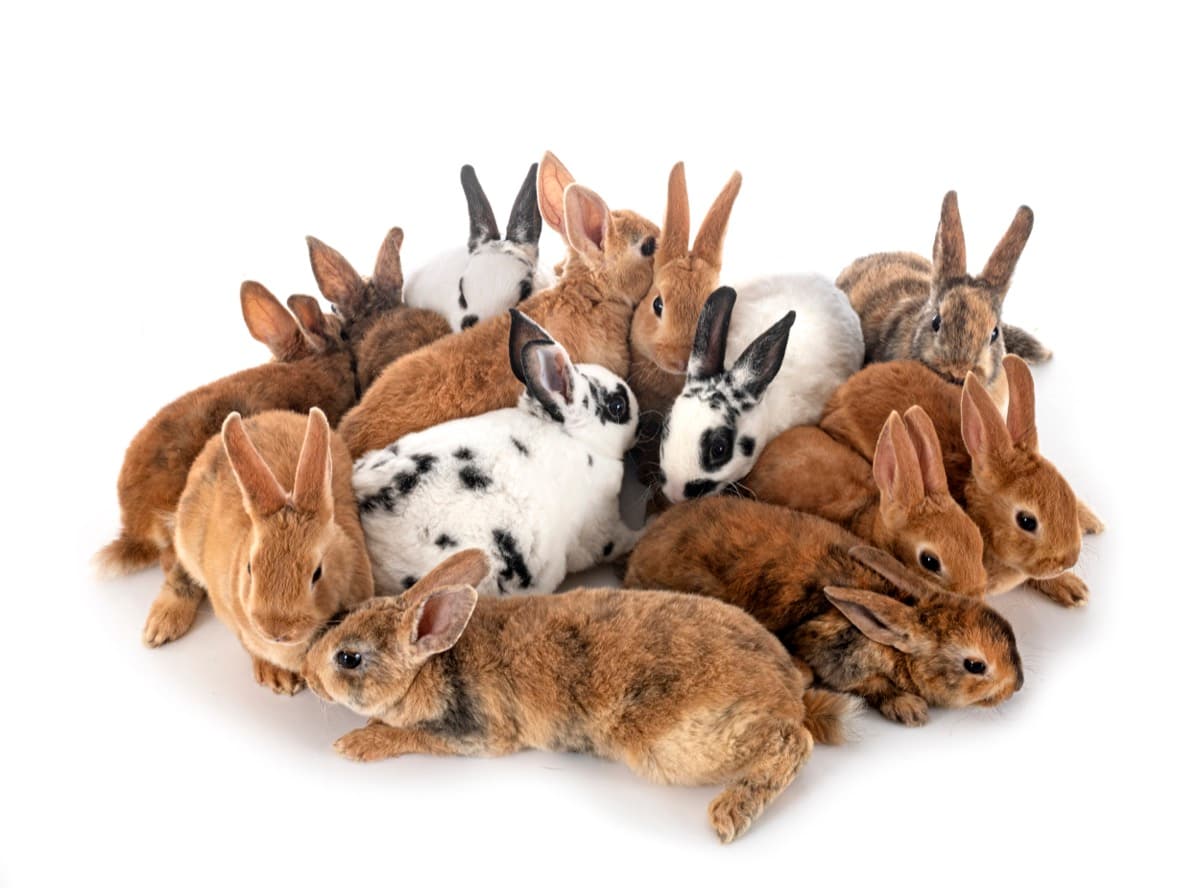
Care and management of Rabbit Farm in Denmark
Rabbits are relatively easy to care for and provide a good source of income. When setting up your rabbit farm, it is essential to provide adequate housing for your animals. This means having enough space for them to move around freely and providing plenty of fresh air circulation. The type of housing will vary depending on the climate in your area and the amount of space you have available.
It is also important to create a safe environment for your rabbits. This includes keeping them away from predators (such as dogs or cats). You need to purchase cages for the rabbits. These can be made from metal or plastic and should be big enough for the rabbits to move freely. Rabbit food can be bought from pet stores or online retailers. Water should be given to rabbits daily, and it is important to clean their cages regularly to prevent disease. Finally, it would be best if you thought about how you will sell your rabbits.
Rabbit farming loans and subsidies in Denmark
Danish rabbit farmers have developed several innovative techniques that have helped them become more efficient and productive. For example, they have developed special cages that allow more space per bunny and better ventilation. This helps to keep the rabbits healthy and reduces the spread of diseases. The Danish Rabbit Farmers Association (DRFA) is a critical player in promoting and developing new methods of rabbit farming.
The association works closely with universities and research institutes to develop new ways to improve efficiency and productivity on Danish rabbit farms. The DRFA also provides training for new and existing rabbit farmers to keep up with the latest developments in the industry. This helps to ensure that Denmark remains at the forefront of global rabbit production. The Danish government offers different loans and subsidies to encourage rabbit farming. These are designed to help farmers with the upfront costs of setting up a farm and the ongoing costs of running a farm.
The government offers 2 types of loans, and they are investment loans and production loans. The investment loan is for starting farmers and can be used to buy equipment and build pens. The production loan is for farmers who have been in the rabbit business for at least 2 years and can be used for buying rabbits or feed. In addition to loans, the government also offers subsidies for rabbit farmers. These subsidies can be used to buy rabbits, feed them, or attend rabbit farming workshops.
In case you missed it: Key Rules to Start Poultry Farming in Denmark: Business Plan, Breeds, Setup Cost, Profit, and Management
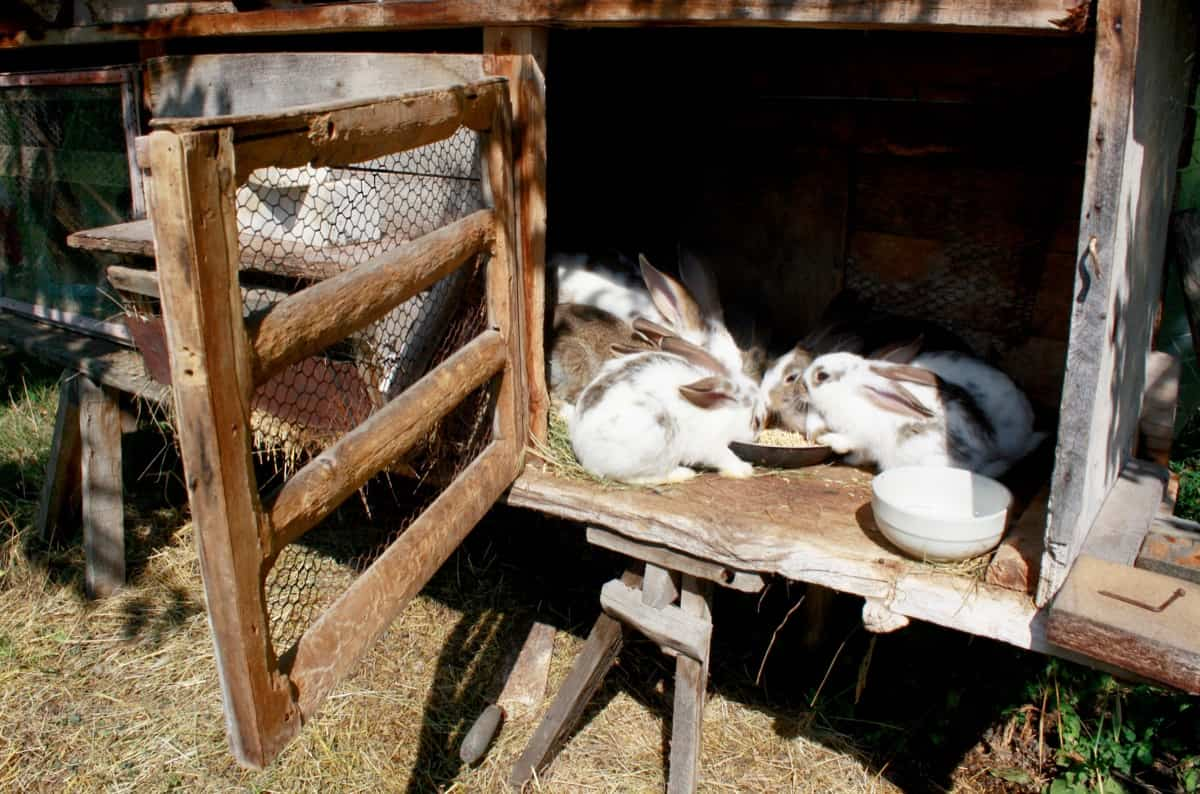
Rabbit farm problems in Denmark
- An increase in the price of rabbits: Due to the decline in demand, rabbits have increased. This has made it difficult for some people to keep their rabbit farms afloat.
- Disease: Rabbit farms in Denmark have also been hit by several diseases, which have led to rabbits being culled. This has further added to the financial woes of rabbit farmers.
- Competition from other countries: Denmark’s rabbit farmers are also facing competition from other countries, where rabbit farming is more efficient and cheaper. This is making it difficult for Danish rabbit farmers to compete.
Key rules to start rabbit farming in Denmark
- It is important to obtain the proper permits and licenses from the Danish government.
- Rabbits must be vaccinated against RHD (rabbit hemorrhagic disease) and EBL (encephalomyocarditis virus).
- Rabbits must be kept in clean and spacious enclosures with plenty of ventilation.
- Only fresh and healthy food should be given to the rabbits.
Rabbit farming set-up cost in Denmark
The average cost of setting up a rabbit farm in Denmark is Kr. 1,00,000 to 1,500,000. This includes the cost of purchasing rabbits, housing them, and feeding them.
Rabbit farming challenges in Denmark
Rabbit farming in Denmark is not without its challenges. The biggest challenge is finding the right location for your farm. Rabbits are very sensitive to changes in their environment, so the farm needs to be situated in an area with no sudden changes in temperature or weather. In addition, one challenge is the high cost of feed. Another challenge is finding a market for rabbits. Additionally, there is a lack of knowledge about how to farm rabbits in Denmark, which makes it difficult for farmers to get started.
In case you missed it: Key Rules to Start Organic Farming in Denmark: Business Plan, Cost, Profit, and Management
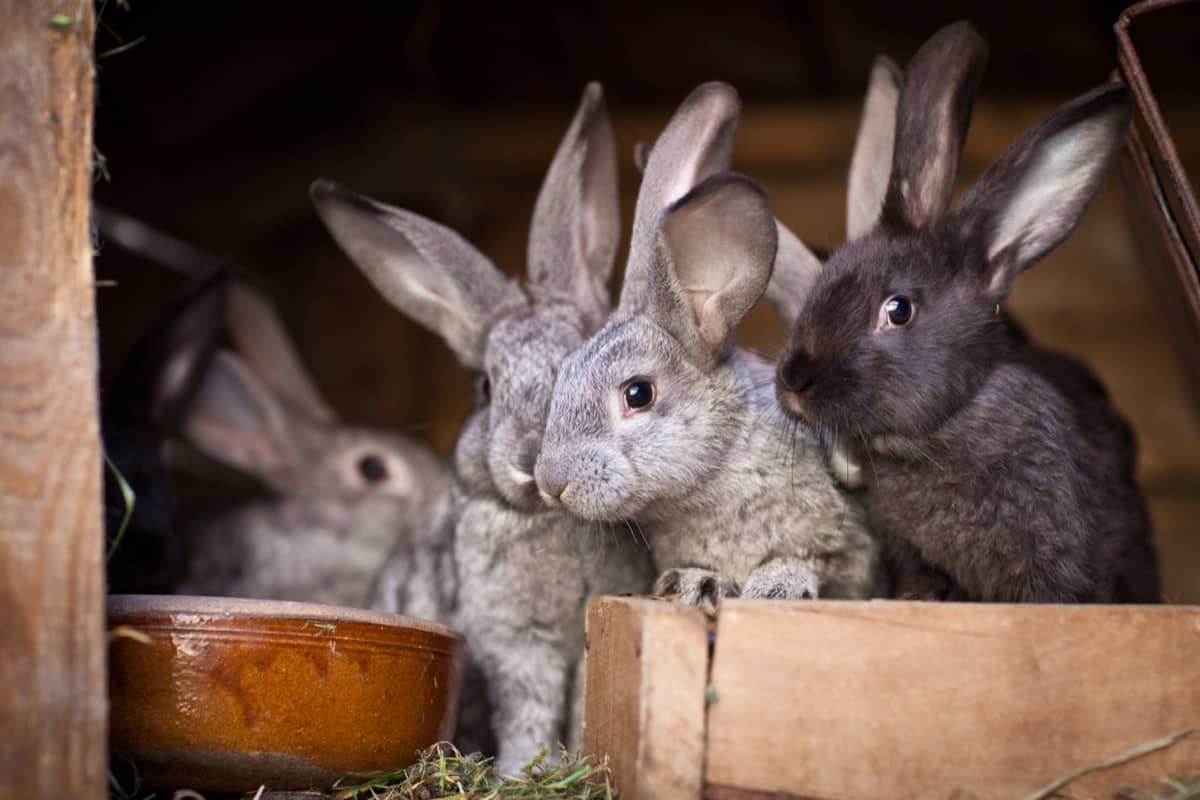
Another challenge is finding the correct type of feed for your rabbits. They need a diet high in fiber and low in sugar, so you must be careful when choosing commercial feeds. Lastly, rabbits reproduce quickly and can easily become overcrowded, so you need to have a good management plan in place to keep your population under control. Finally, weather conditions can be challenging, as rabbits are sensitive to cold and wet weather.
Conclusion
Rabbits are relatively easy to care for and do not require a lot of space, making them ideal for small-scale farmers. In addition, Danish rabbit farmers use some of the world’s most modern and efficient methods. As a result, rabbit farming in Denmark has seen a steady and consistent increase over the past few years. In the early days of rabbit farming in Denmark, farmers used traditional methods that were often labor-intensive and not very efficient. But over time, they developed more efficient ways of raising rabbits.
- Types of Pesticides Used in Agriculture: A Beginner’s Guide
- Economical Aquaculture: A Guide to Low-Budget Fish Farming
- 15 Common Planting Errors That Can Doom Your Fruit Trees
- How to Make Houseplants Bushy: Effective Tips and Ideas
- Innovative Strategies for Boosting Coconut Pollination and Yield
- Pollination Strategies for Maximum Pumpkin Yield
- The Complete Guide to Chicken Fattening: Strategies for Maximum Growth
- Natural Solutions for Tulip Problems: 100% Effective Remedies for Leaf and Bulb-Related Issues
- Revolutionizing Citrus Preservation: Towards a Healthier, Greener Future
- Natural Solutions for Peony Leaf and Flower Problems: 100% Effective Remedies
- Maximizing Profits with Avocado Contract Farming in India: A Comprehensive Guide
- Natural Solutions for Hydrangea Problems: 100% Effective Remedies for Leaf and Flowers
- The Ultimate Guide to Choosing the Perfect Foliage Friend: Bringing Life Indoors
- From Sunlight to Sustainability: 15 Ways to Use Solar Technology in Agriculture
- The Ultimate Guide to Dong Tao Chicken: Exploring from History to Raising
- The Eco-Friendly Makeover: How to Convert Your Unused Swimming Pool into a Fish Pond
- Mastering the Art of Delaware Chicken Farming: Essentials for Healthy Backyard Flocks
- 20 Best Homemade Fertilizers for Money Plant: DIY Recipes and Application Methods
- How to Craft a Comprehensive Free-Range Chicken Farming Business Plan
- Brighten Your Flock: Raising Easter Egger Chickens for Beauty and Bounty
- How to Optimize Your Poultry Egg Farm Business Plan with These Strategies
- Subsidy for Spirulina Cultivation: How Indian Government Schemes Encouraging Spirulina Farmers
- Ultimate Guide to Raising Dominique Chickens: Breeding, Feeding, Egg-Production, and Care
- Mastering the Art of Raising Jersey Giant Chickens: Care, Feeding, and More
- Ultimate Guide to Raising Legbar Chickens: Breeding, Farming Practices, Diet, Egg-Production
- How to Raise Welsummer Chickens: A Comprehensive Guide for Beginners
- How to Protect Indoor Plants in Winter: A Comprehensive Guide
- Ultimate Guide to Grow Bag Gardening: Tips, Tricks, and Planting Ideas for Urban Gardeners
- Guide to Lotus Cultivation: How to Propagate, Plant, Grow, Care, Cost, and Profit
- Agriculture Drone Subsidy Scheme: Government Kisan Subsidy, License, and How to Apply Online
- Ultimate Guide to Raising Araucana Chickens: Breed Profile, Farming Economics, Diet, and Care
- Bringing Hydroponics to Classroom: Importance, Benefits of Learning for School Students
- Ultimate Guide to Raising Polish Chickens: Breed Profile, Farming Economics, Diet, and Care
- Ultimate Guide to Raising Australorp Chickens: Profile, Farming Economics, Egg Production, Diet, and Care
- Silkie Chicken Farming: Raising Practices, Varieties, Egg Production, Diet, and Care